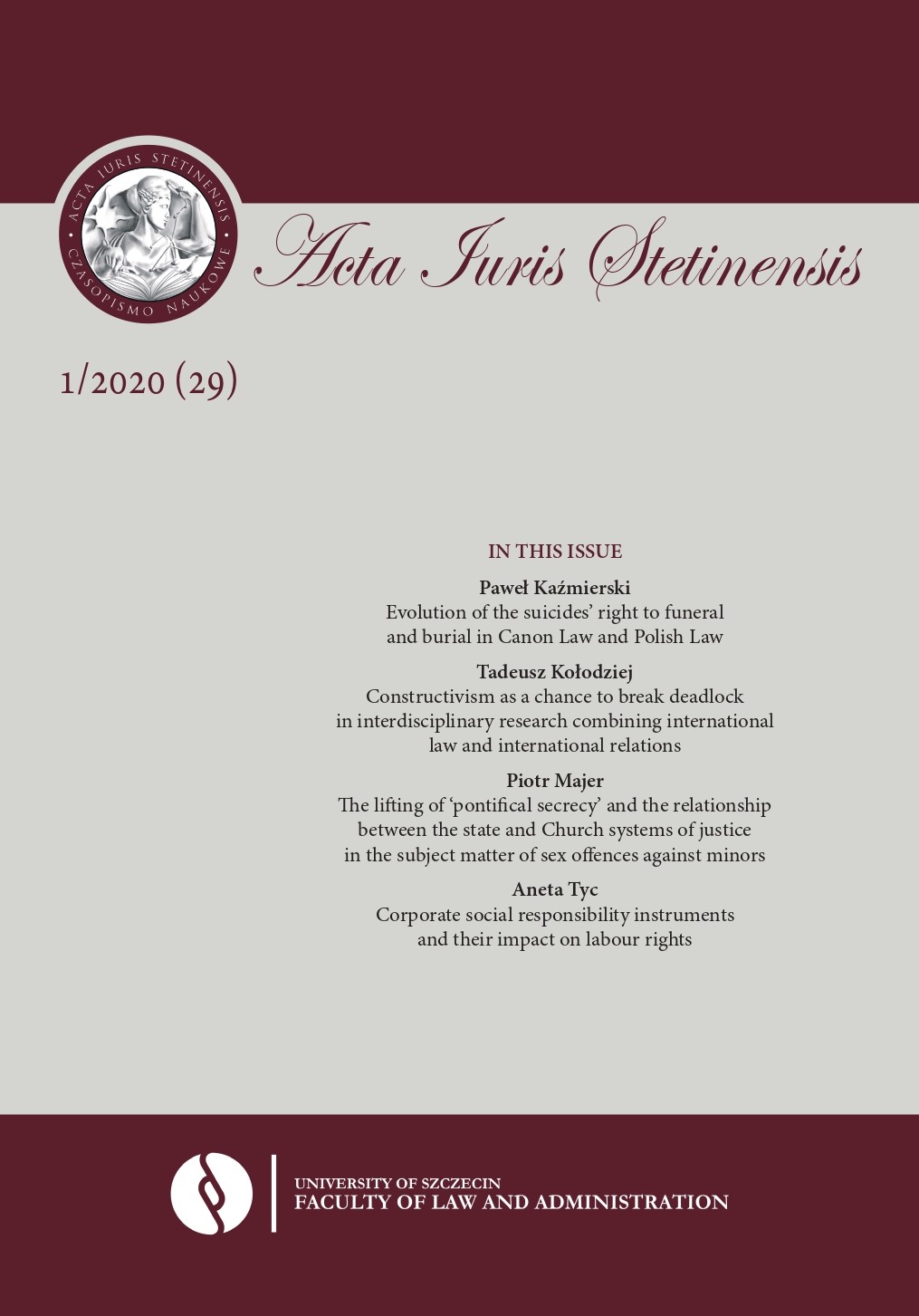Tax on revenue from buildings after the latest amendment: characteristics and doubts
Tax on revenue from buildings after the latest amendment: characteristics and doubts
Author(s): Jakub TekielakSubject(s): Law, Constitution, Jurisprudence, Commercial Law, Administrative Law
Published by: Wydawnictwo Naukowe Uniwersytetu Szczecińskiego
Keywords: tax on revenue from buildings; personal income tax; corporate income tax
Summary/Abstract: The aim of the article was to describe the current tax on revenue from buildings and to present the doubts connected with it. The author analysed legal acts, interpretations of the tax authorities, judgments of administrative courts, and views of tax law scholars and commentators for the article. The tax on revenue from buildings (until 2018 also known as the tax on commercial real estate) is a relatively new tax under Polish law. It was introduced in 2018, though it was amended considerably in 2019. Although it is regulated by the Personal Income Tax Act and the Corporate Income Tax Act, in fact it should be recognised as a kind of wealth tax. The taxpayers are the owners of buildings that are wholly or partially used for the purposes of tenancy, lease, and other similar contracts (the total value of the building has to exceed PLN 10 million). The tax rate is 0.035% of the building’s value, paid monthly. It can be deducted from advance payments for income tax, and next it can be deducted from the income tax amount indicated in an annual tax return. The tax has created many doubts over interpretation. Some of them could be eliminated through the legislature’s amendments to the relevant provisions.
Journal: Acta Iuris Stetinensis
- Issue Year: 2020
- Issue No: 29 (1)
- Page Range: 165-175
- Page Count: 11
- Language: English

